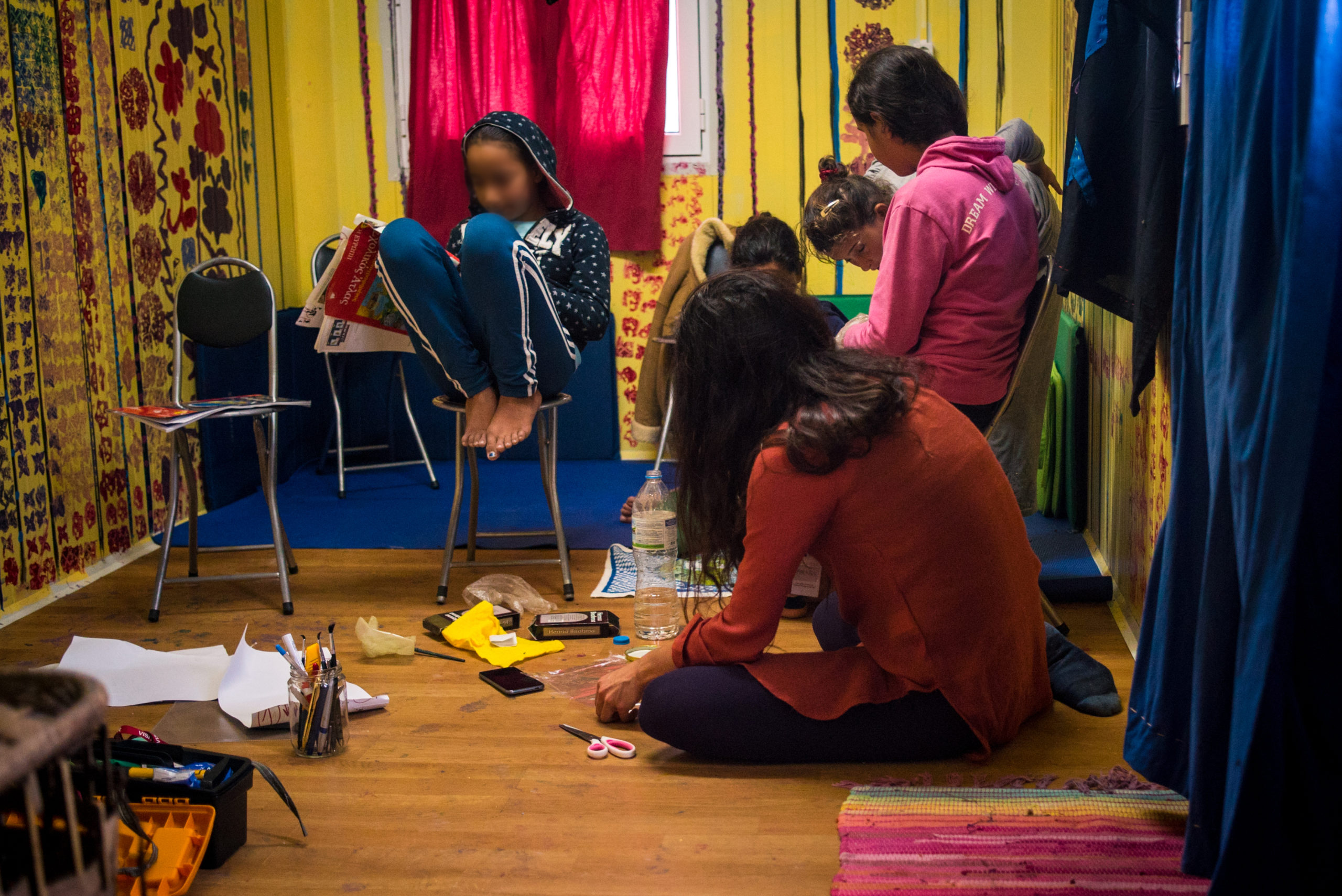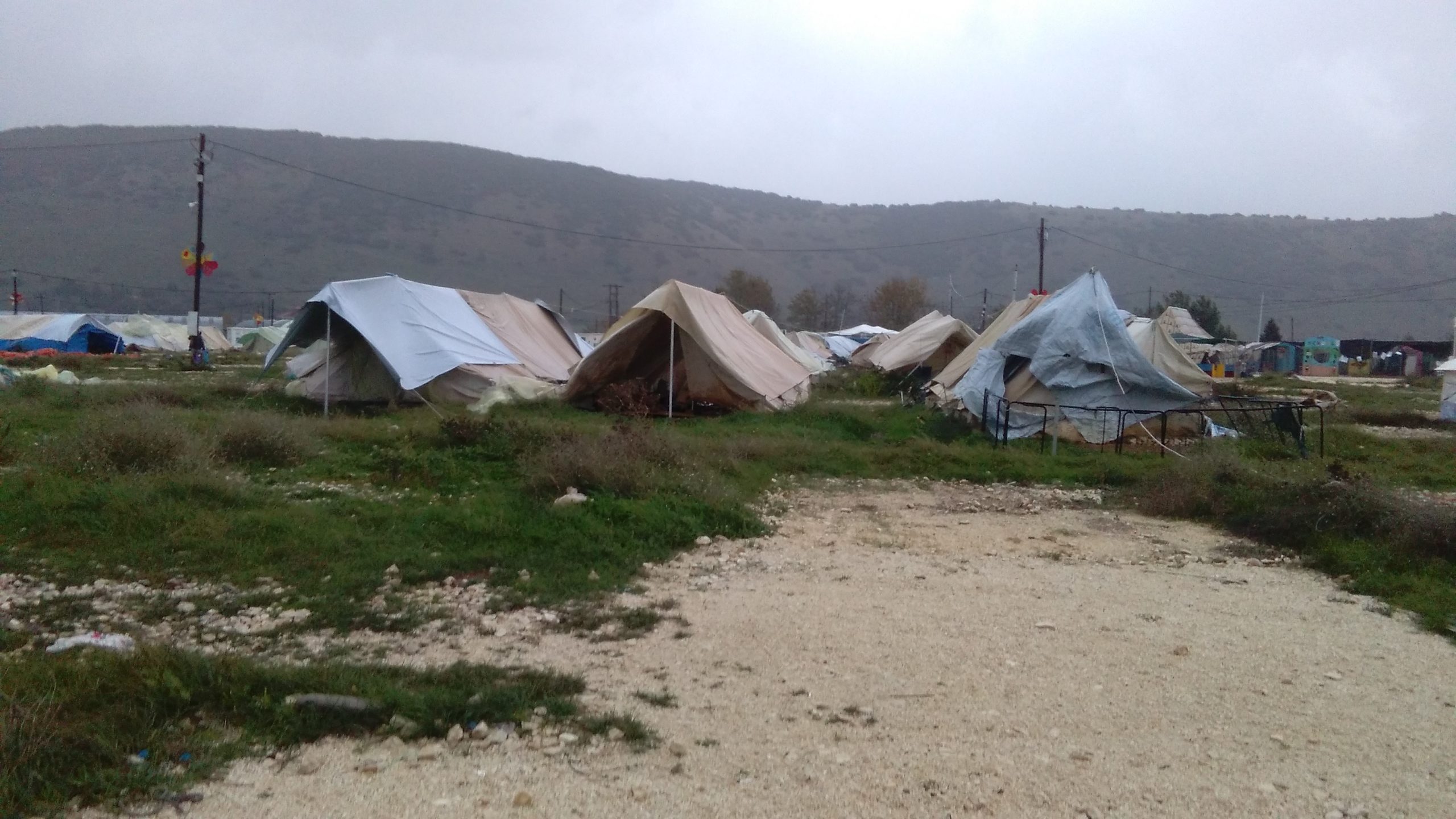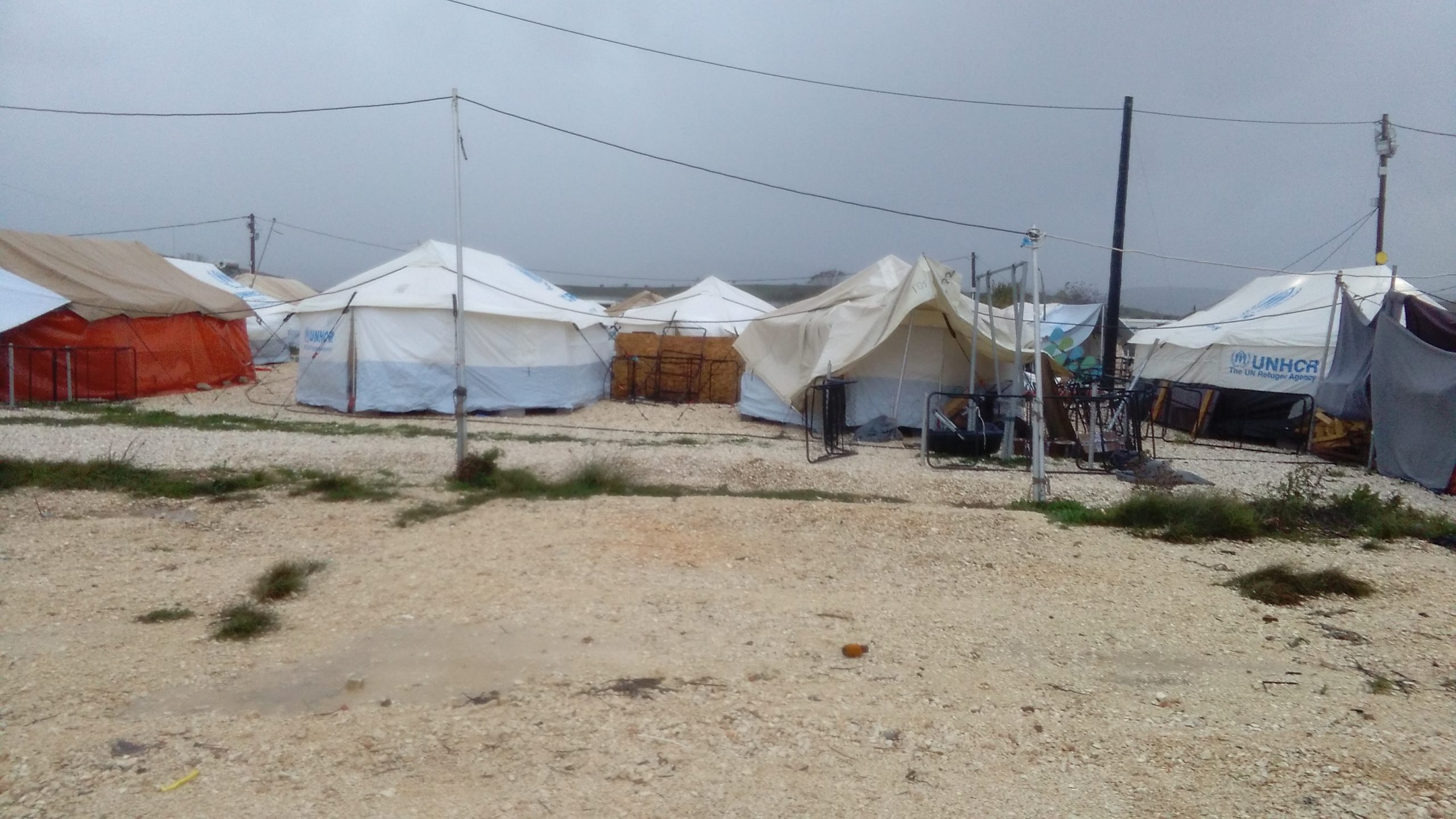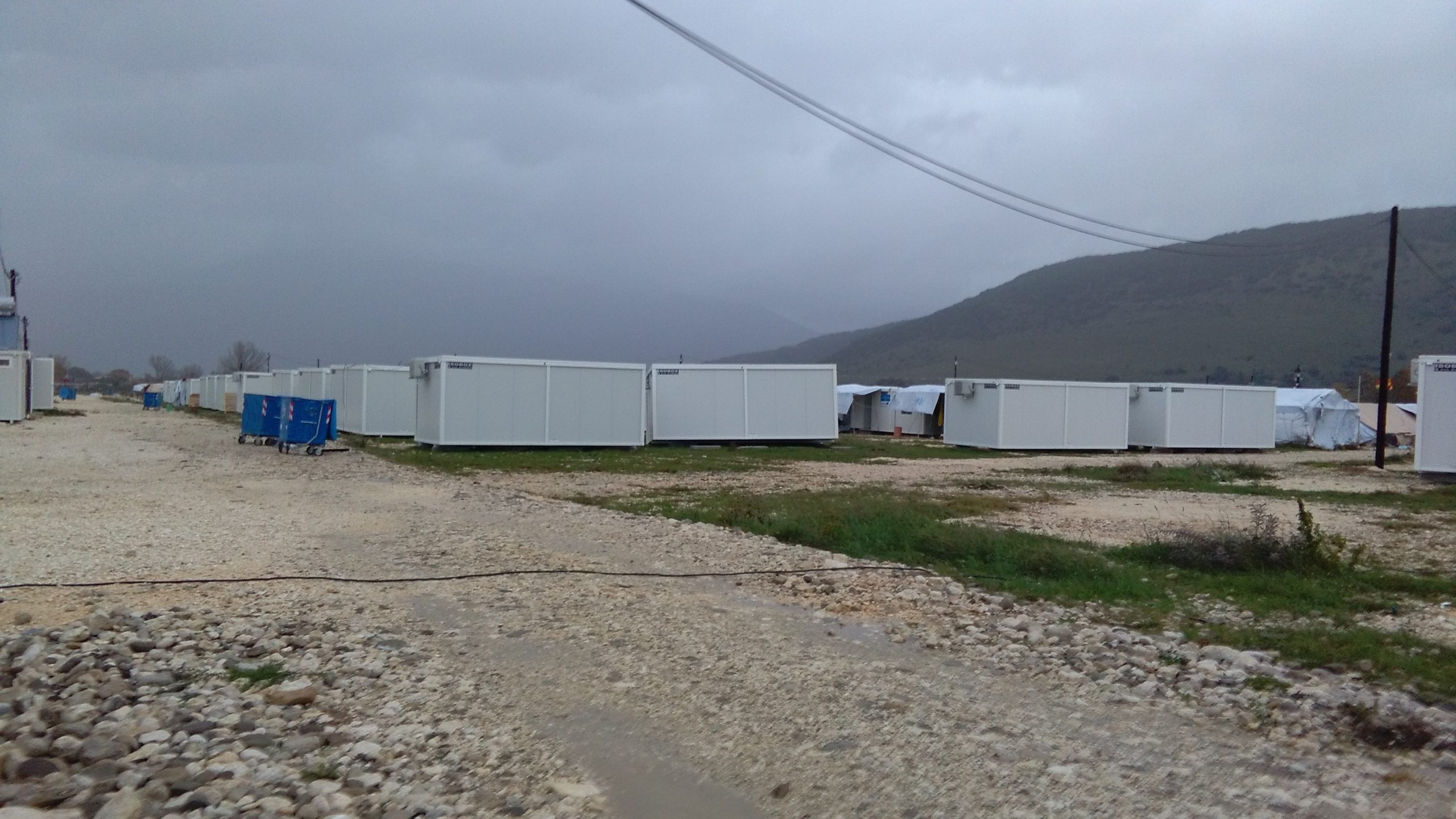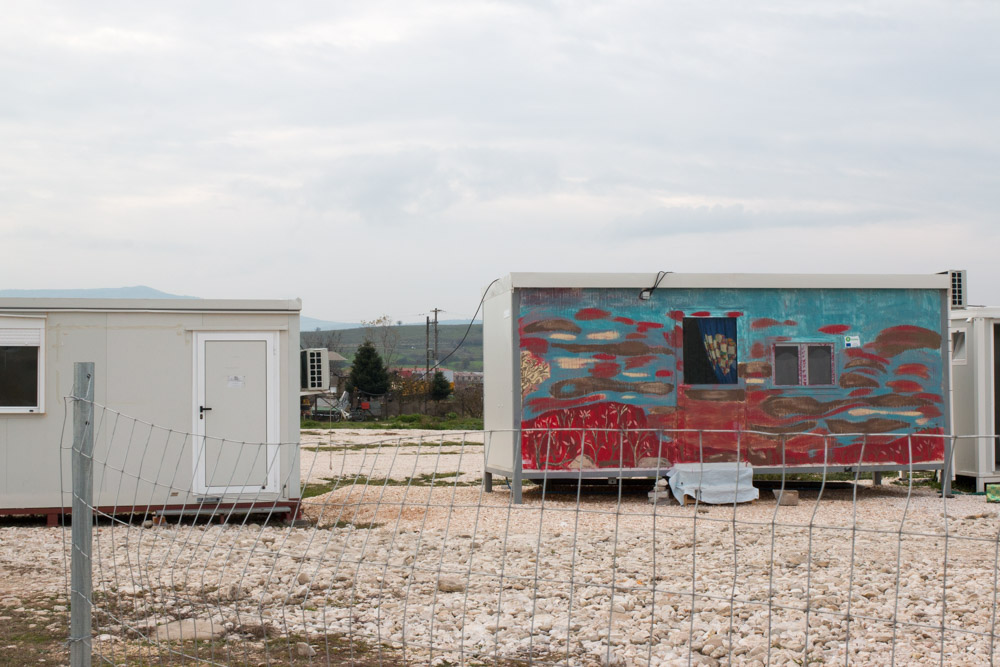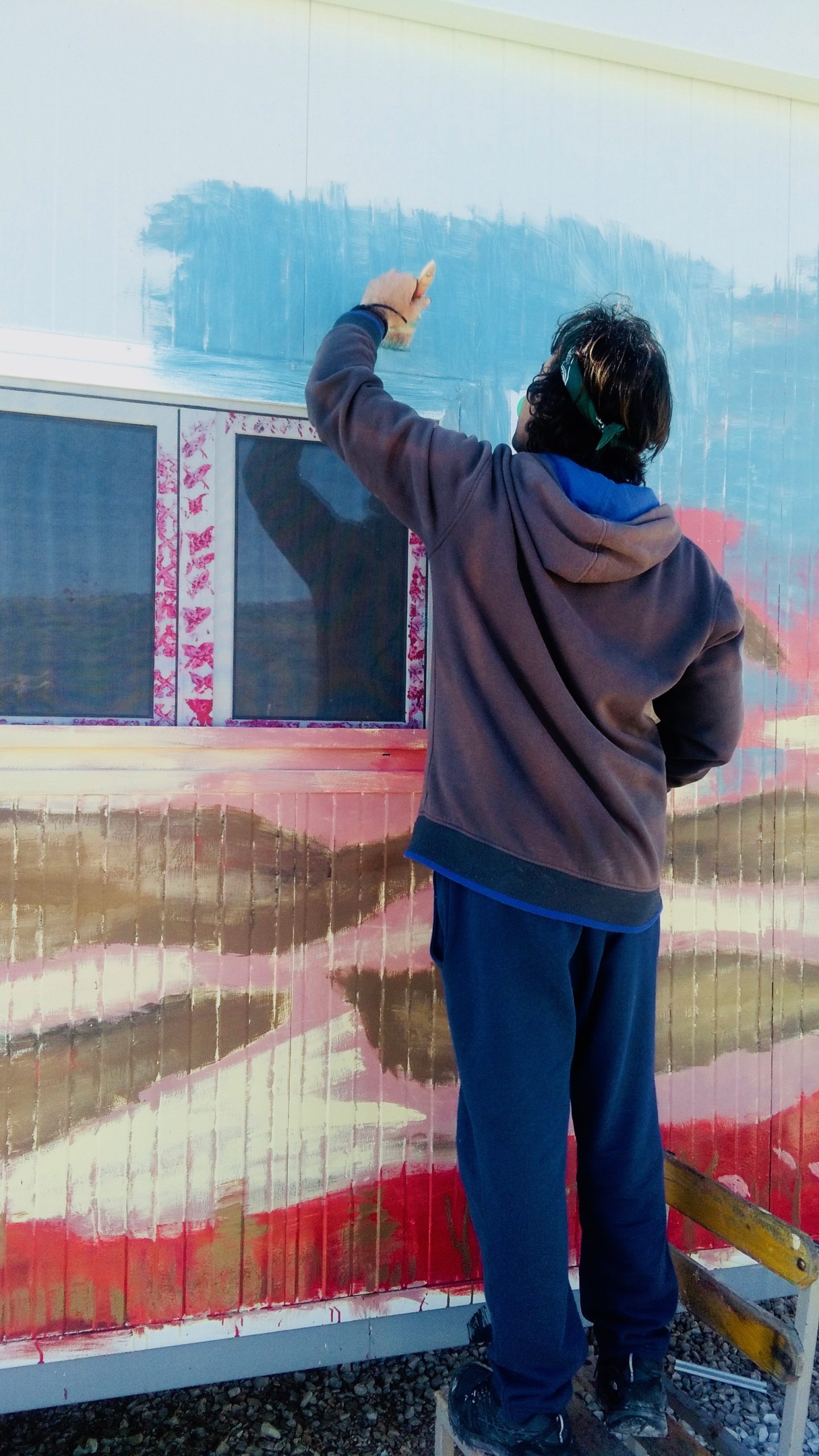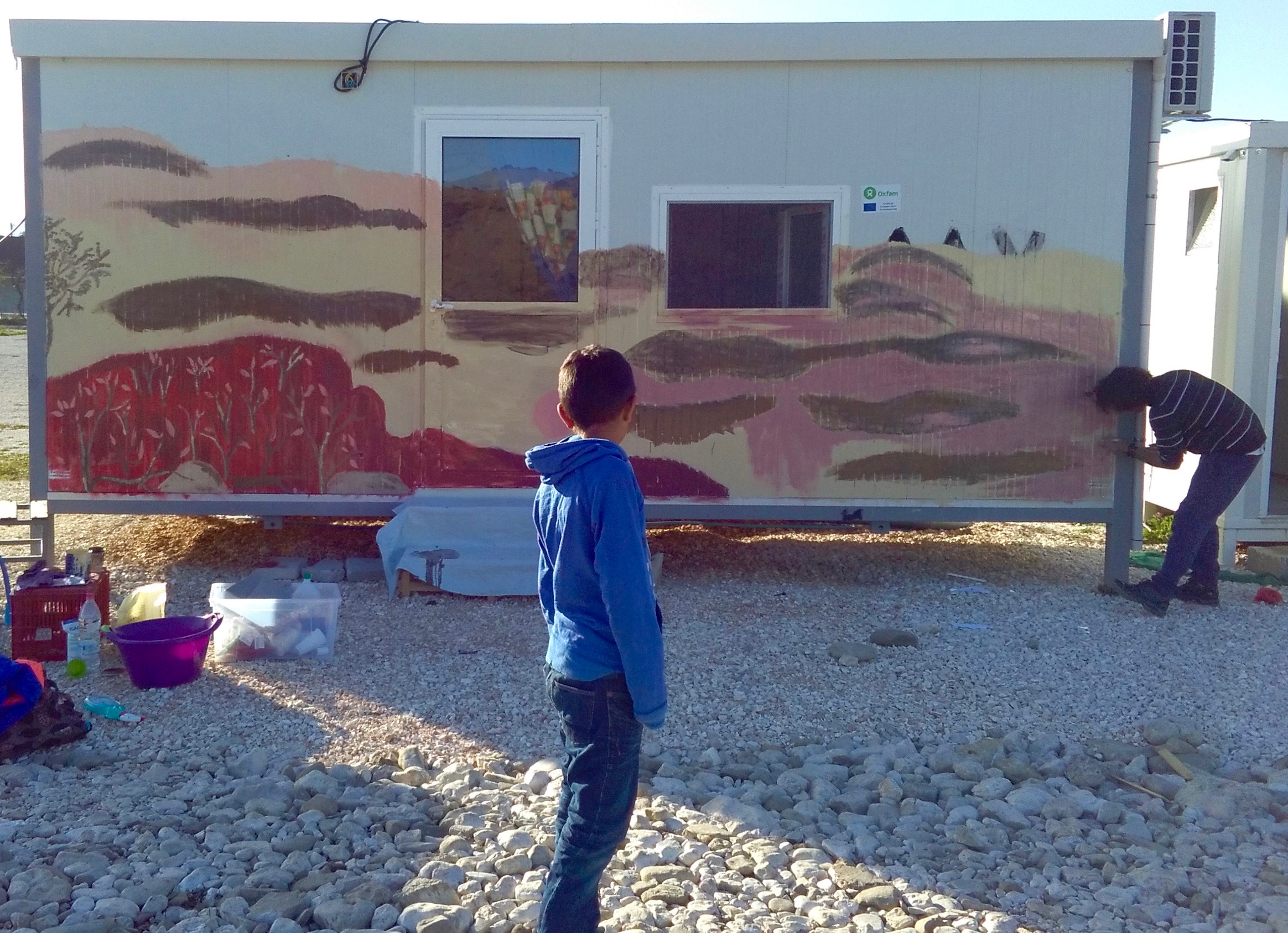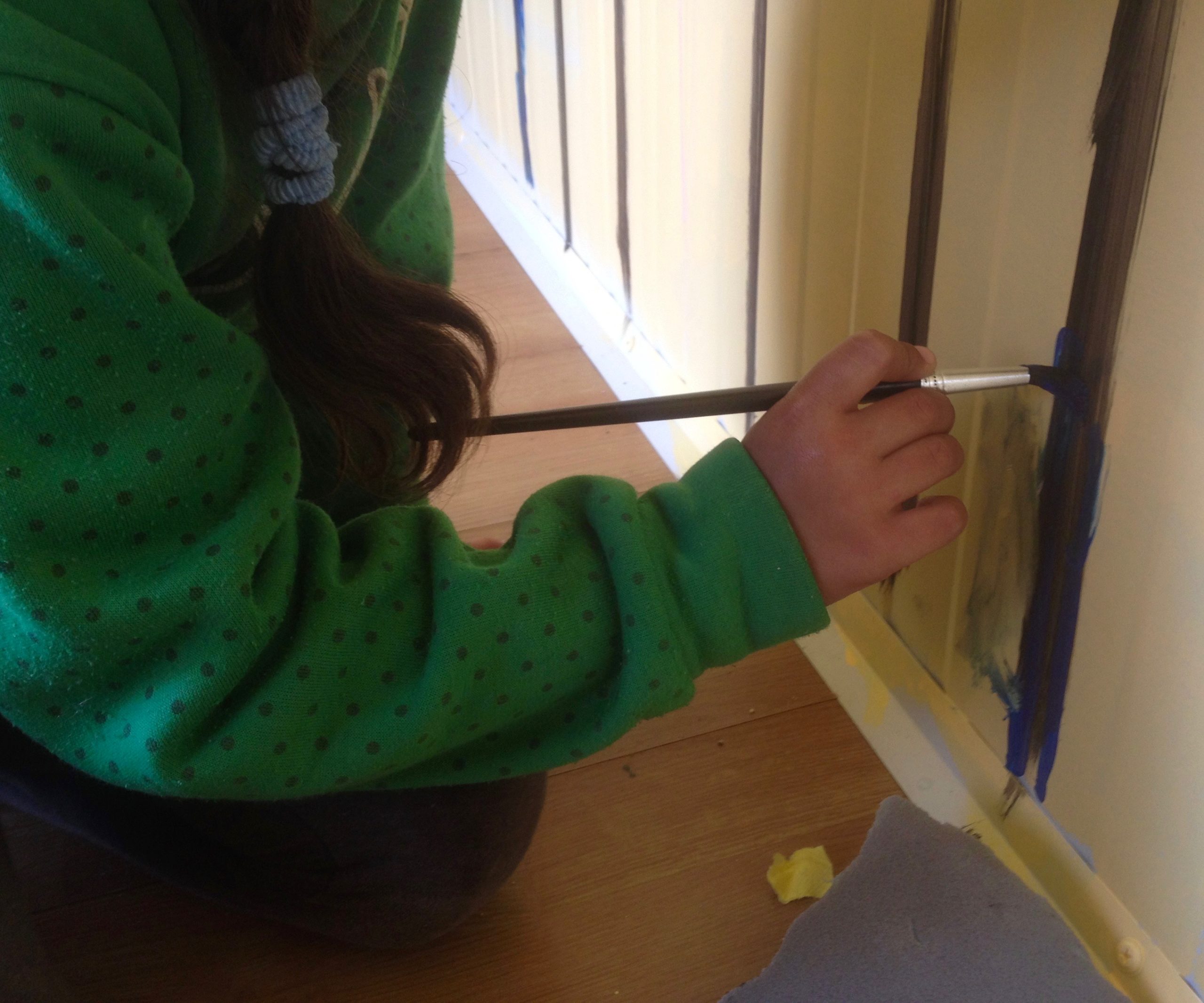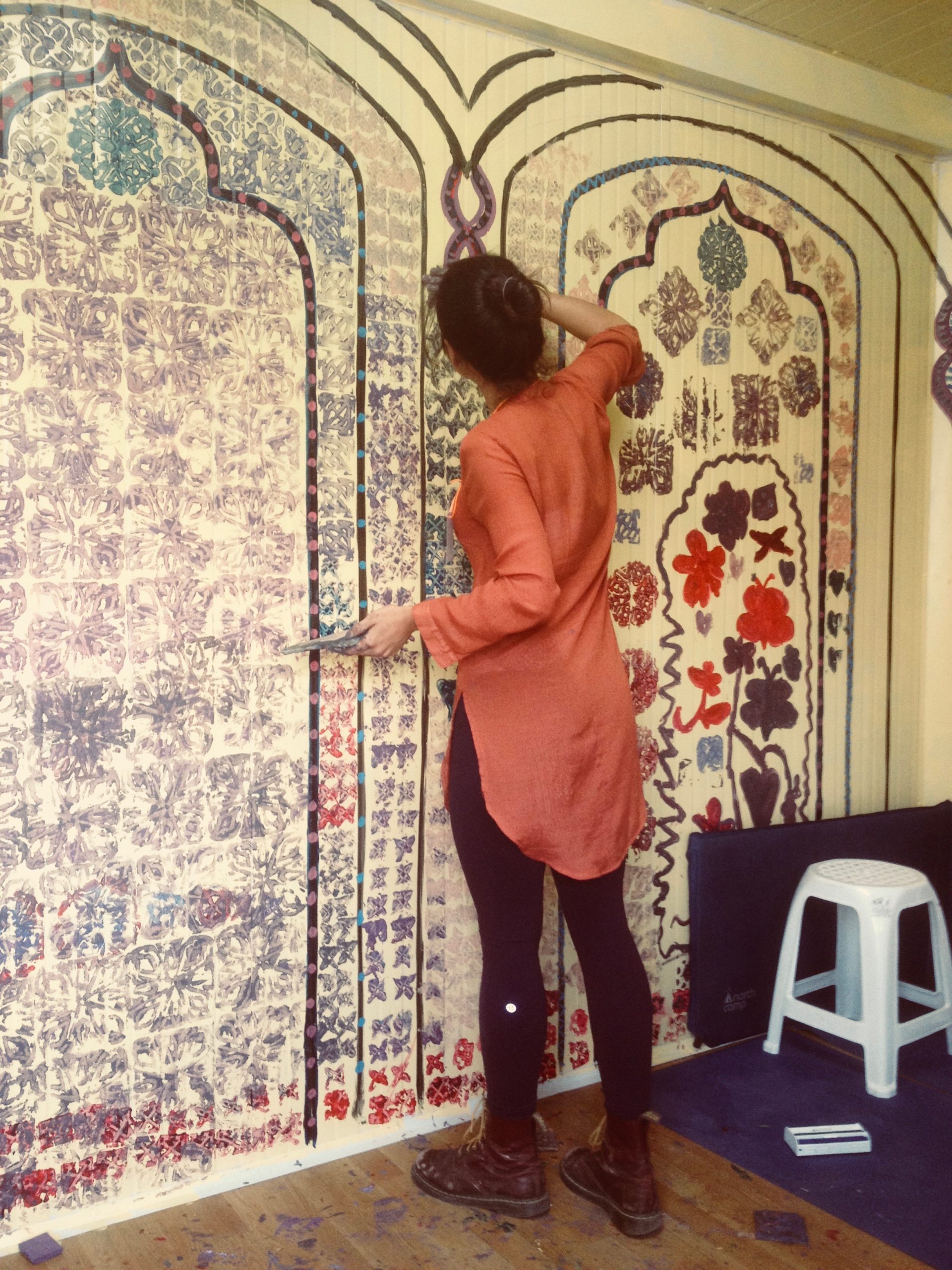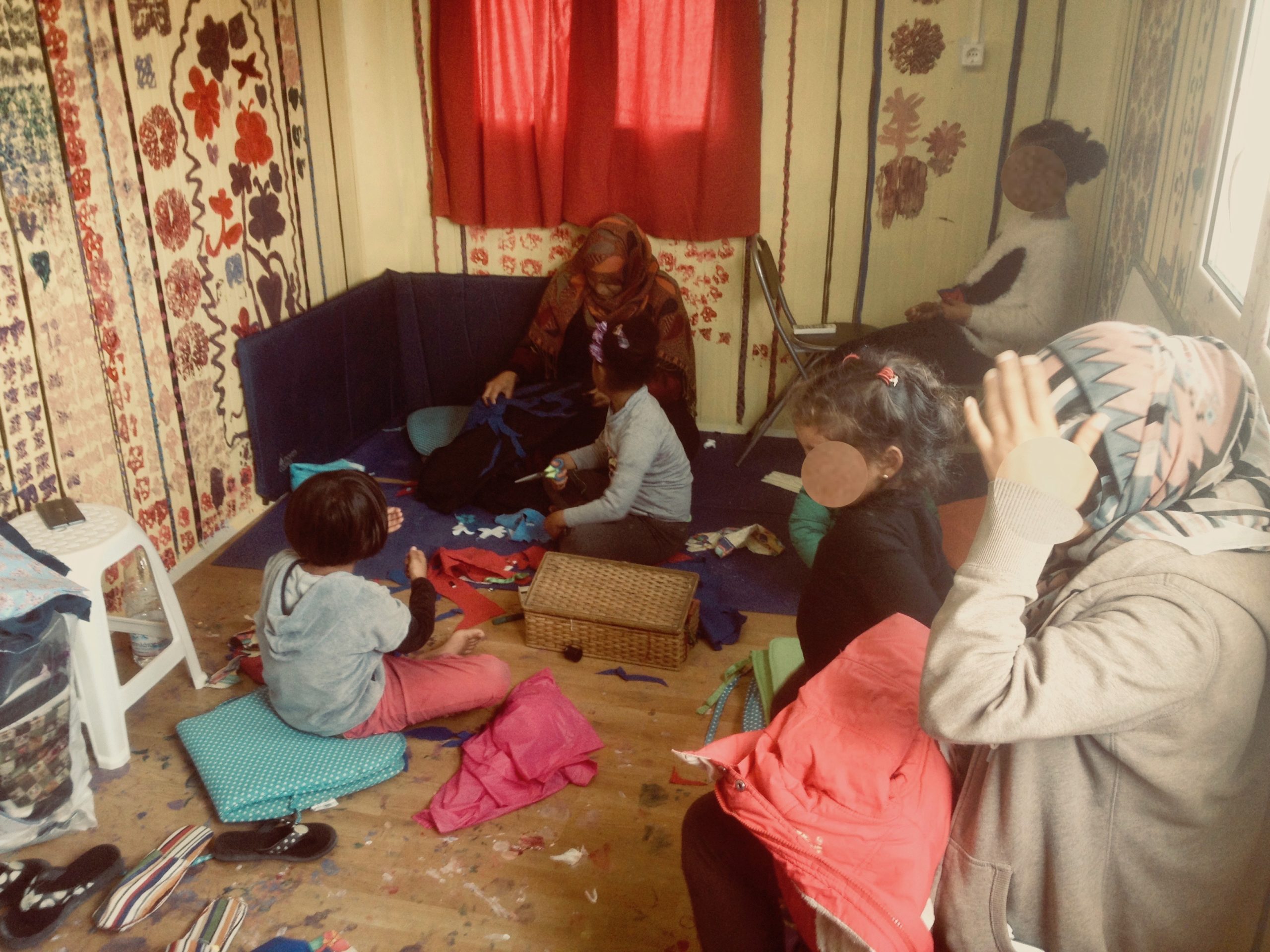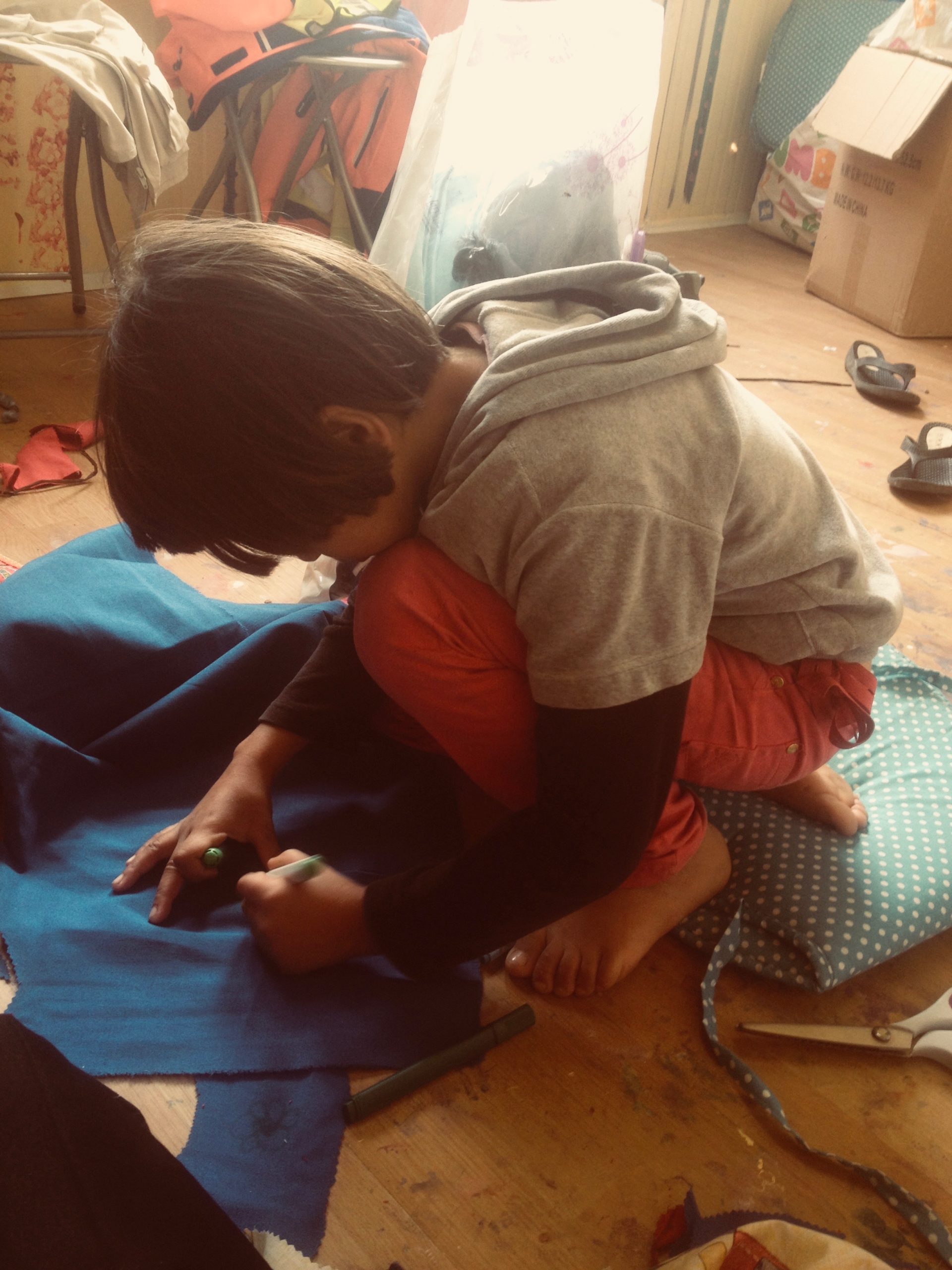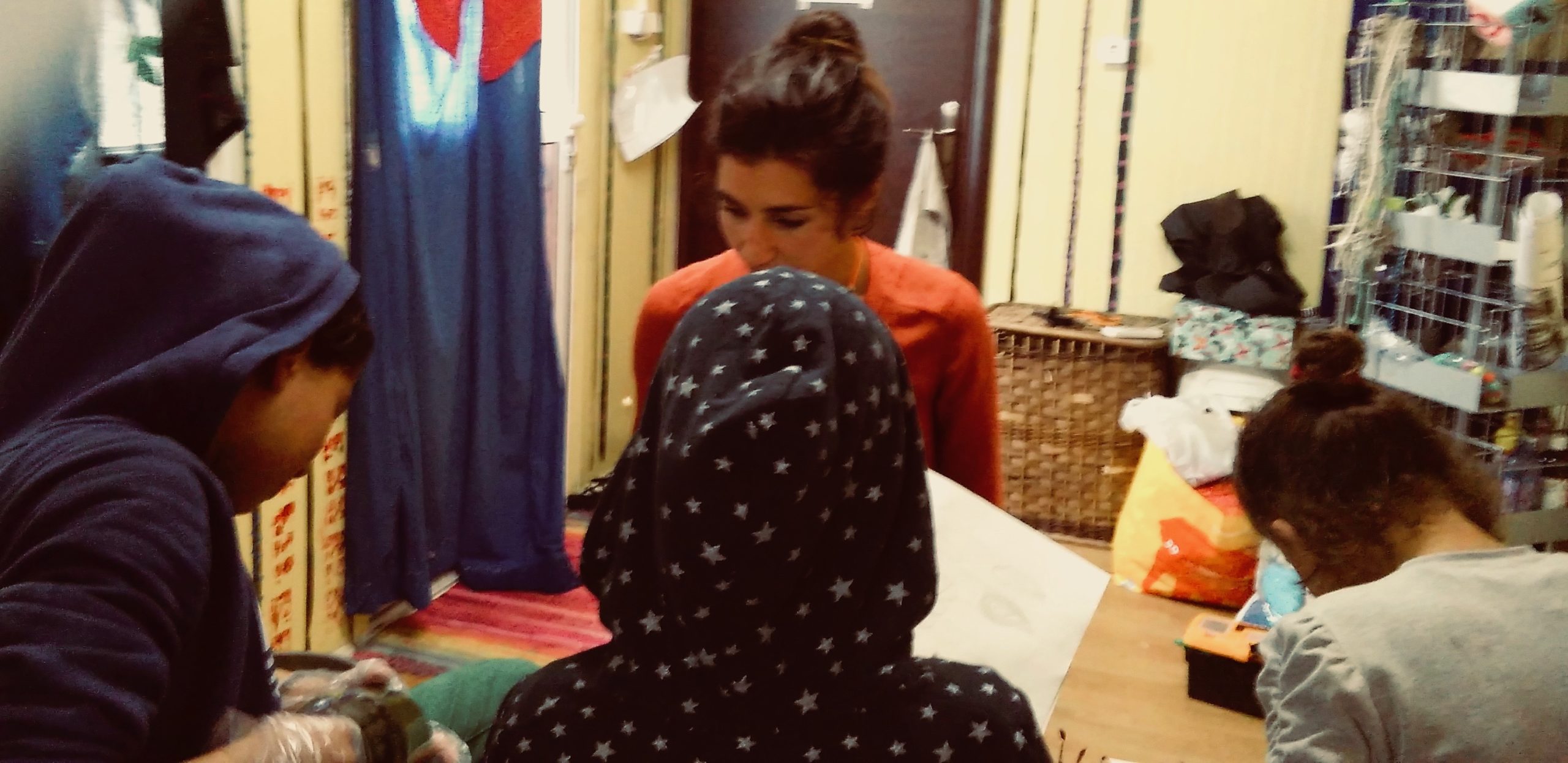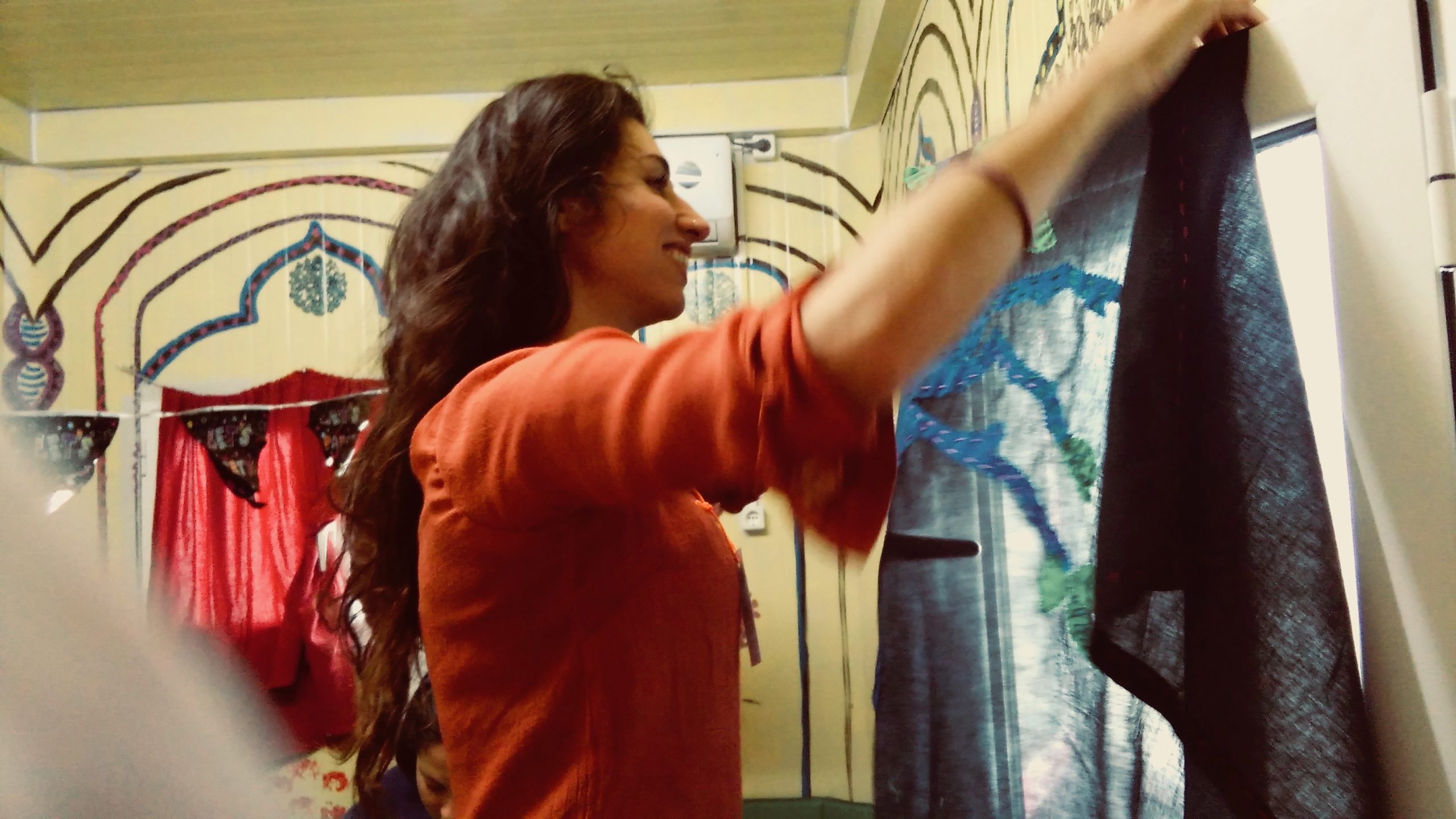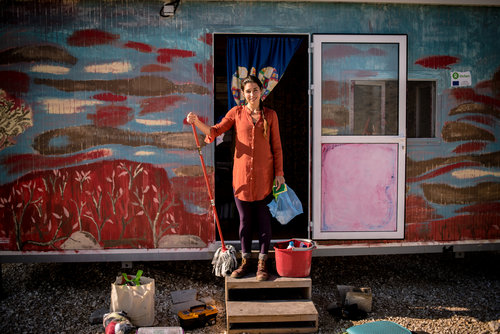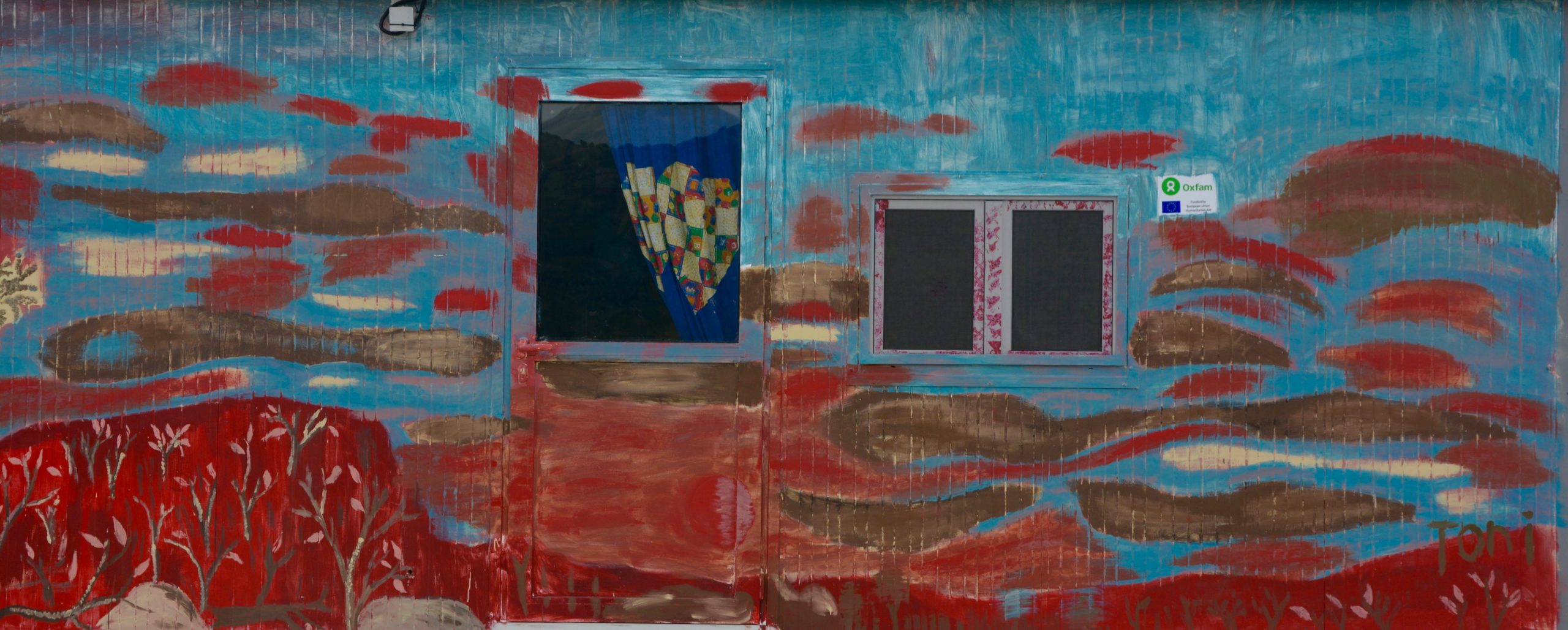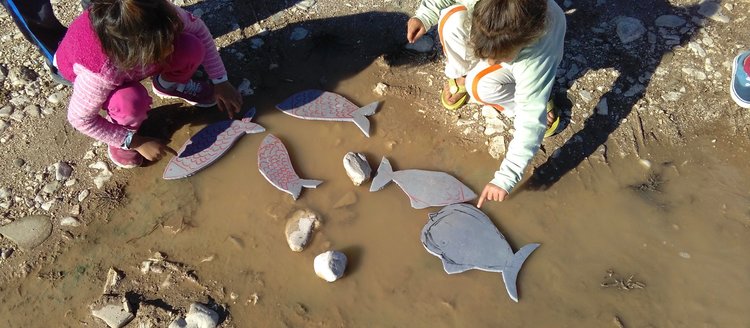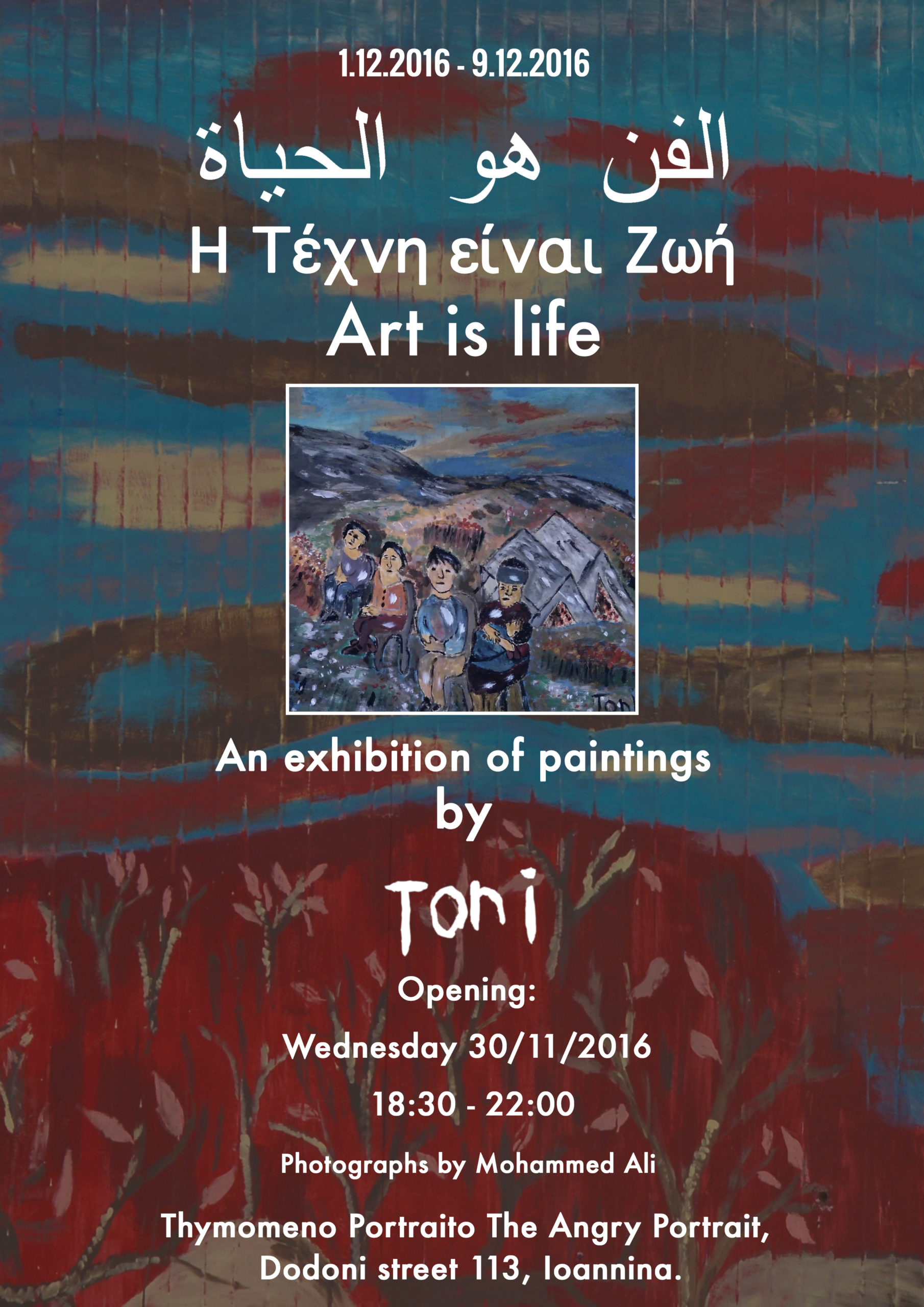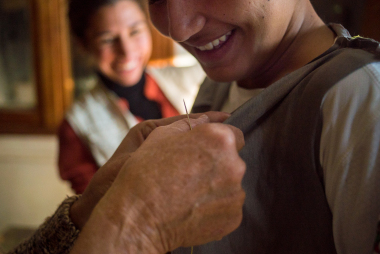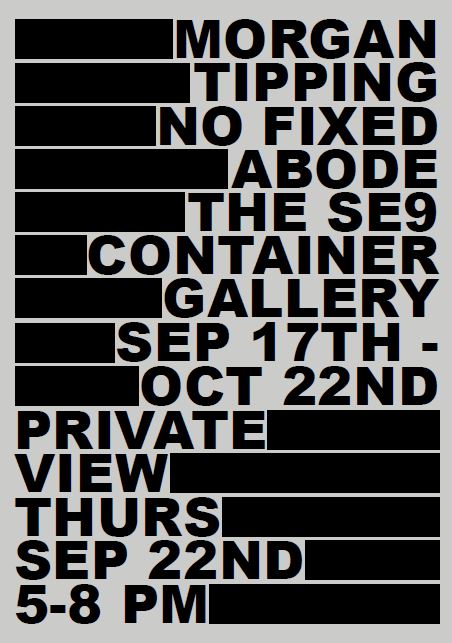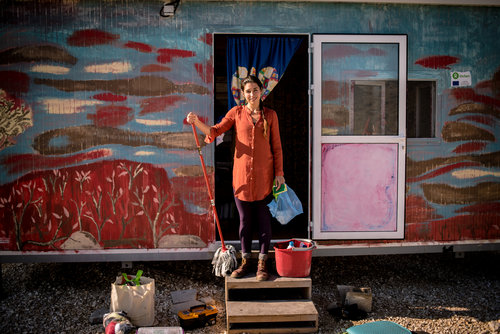
Dangerous and inhospitable
According to the Derridean conception of hospitality, only unconditional hospitality can claim to be ‘hospitality’ as such. The refugee ‘camps’ I went to are dangerous and inhospitable.
Despite the intelligence, resilience, compassion and creativity of residents, they survived unsanitary abandonment.
2016 was not just a warning for the future but an ongoing nightmare that will haunt humanity for generations.
Children’s right to education
According to Save the Children, school-age refugees remain out of school for 1.5 years on average after arriving in Greece (2016). All individuals, ‘have a right to education during emergencies and fragile contexts’ (The International Network for Education in Emergencies Minimum Standards, 2010)
When I first came to Katsikas camp in July 2016 a group of Syrian teachers had started a community school but by Autumn they had been moved. Greek authorities announced that state education would be offered but on the ground reputed shortages of teachers and resources halted progress.
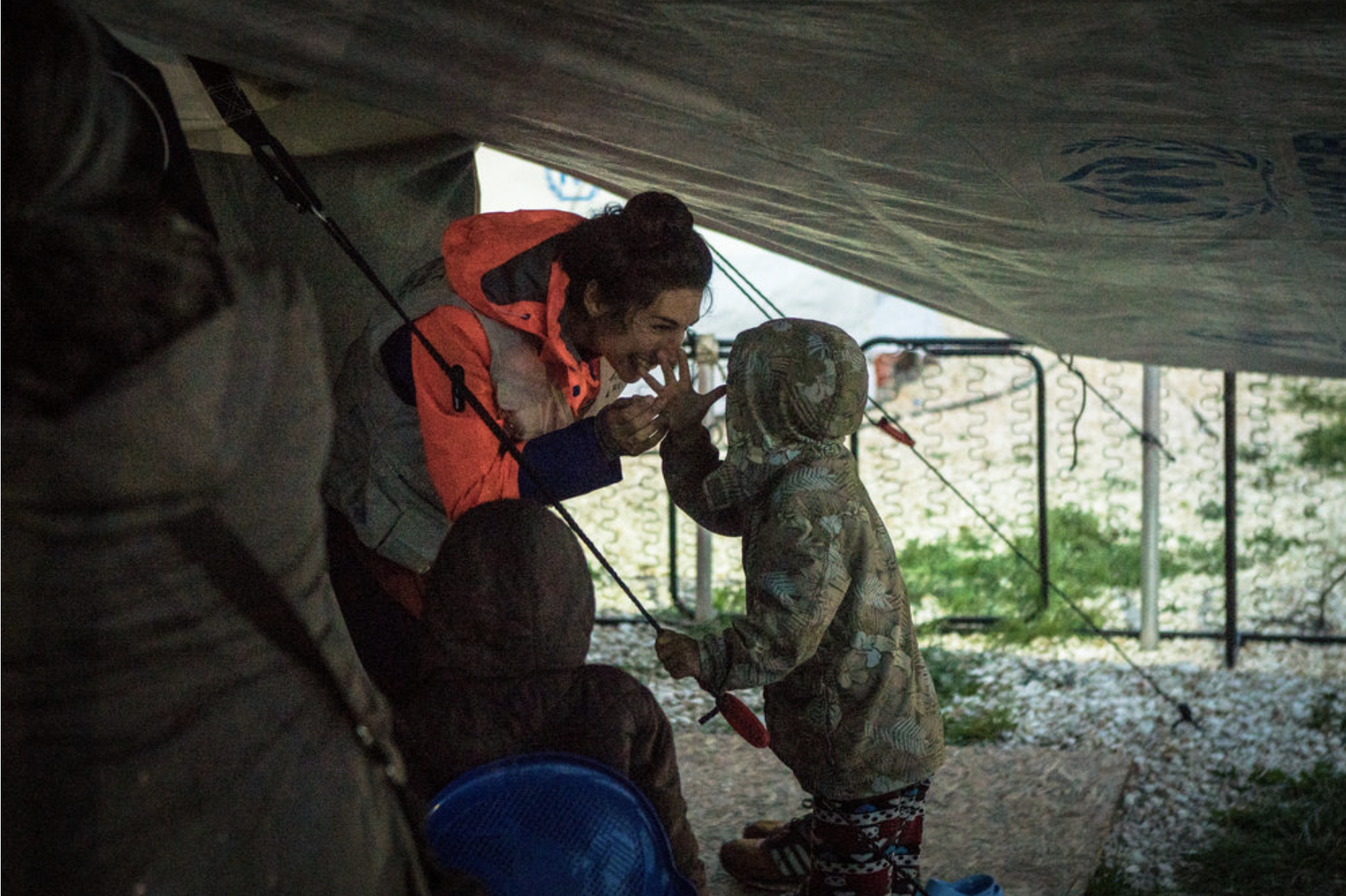
Safety
Children and young people fleeing war are particularly vulnerable to dangers including abuse, exploitation, trafficking and violence by smugglers.
The context lacked institutional securities such as Safeguarding or Monitoring and Evaluation. In such a precarious environment it was important to adapt and embed practices familiar to me from working in educational contexts.
Wellbeing
Across Katsikas camp symptoms of Post-Traumatic-Stress-Disorder were apparent. In 2017 Save the Children reported that young people and children who have lived through trauma find it difficult to return to schooling and to concentrate.
Safe spaces for creative play and social learning are fundamental to a child’s development and a UNICEF Right of Children.
I co-created a safe, creative space
with and for the women and children
at Katsikas Camp.
The need for empowering, flexible and co-created engagement
The context required responsive, collaborative, mutually and ethically negotiated methods familiar to me from working in socially engaged artistic practice.
I co-created engagement programs with residents that included educational experiences, but was not a replacement for state provision.
Listen to people…

…and co-create spaces, projects and experiences together.
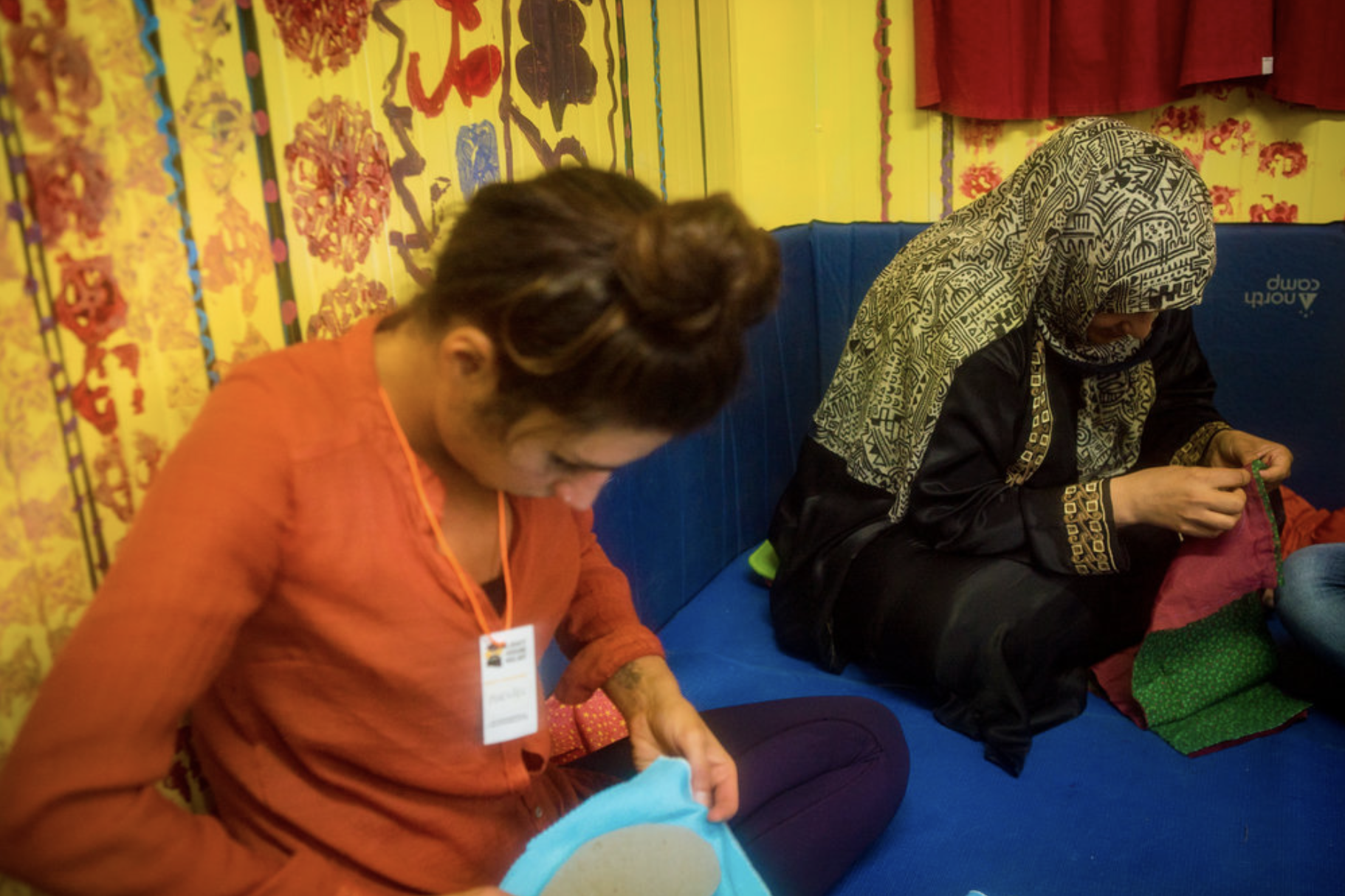
Ethically engaged, reflexive practice
Socially engaged art practice examines the ethical responsibilities of the artist towards the participant/collaborator and foregrounds the emancipatory potential of the engagement. My work in the camps considered ways to embed and implement sustainability at every turn.
Engaged Pedagogy
Artist teachers are well positioned to provide holistic educational experiences that develop social skills outside the national assessment framework.
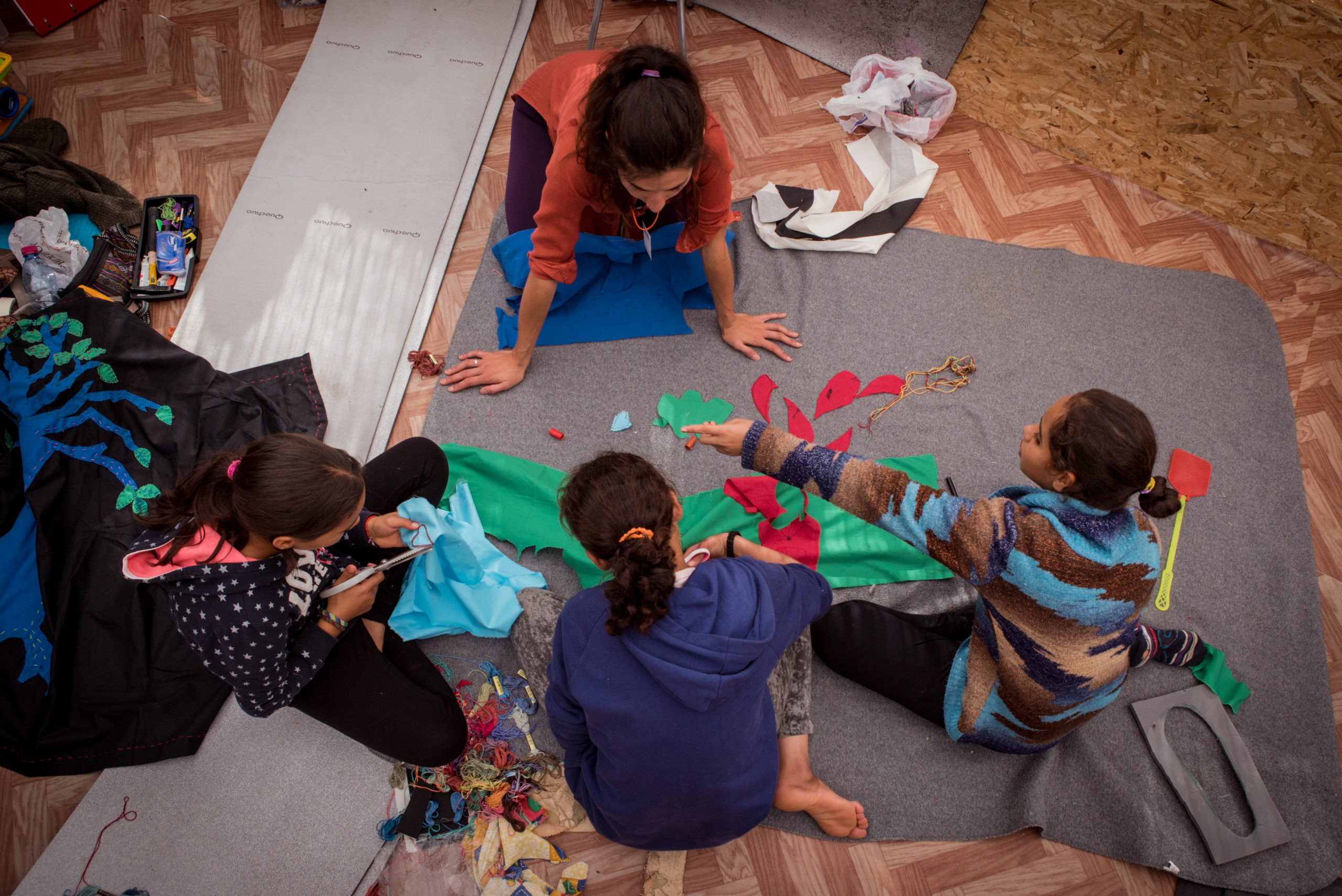
By combining interdisciplinary, collaborative and ethically engaged practice, we can create communities of practice to shape the future positively and progressively.

Refugee Camps
1951 Refugee Convention
Ongoing detention of refugees is contrary to the objectives of the 1951 Refugee Convention. The longer a camp exists the lower the annual international funding and the greater the implications for human rights are.
The 2016 crisis
In 2016 people seeking sanctuary and safety became trapped in the middle of a European political stalemate. In the spring of 2016 I went to a refugee camp in Dunkirk. Here I learned about the situation in Greece which was a crisis point
Faneromeni Camp
In the summer of 2016 I travelled to Epirus, Northern Greece to volunteer in a closed camp for Yazidi people. This was set up by the UNHCR but there were very few support agencies on the ground.
I worked with about 300 women in this camp collaborating with a group of seamstresses to co-create a textile and clothes making project. My work was noted by an NGO working in a neighbouring camp. I was invited to work with them at Katsikas camp so when the Yazidi women I worked with were relocated I went to work there.
Katsikas Camp
In 2016-17 I established a creative engagement program, exhibition and outreach program in collaboration with residents from Katsikas refugee camp, Greece.
At Katsikas camp there were between 300-650 residents from Syria, Lebanon, Afghanistan, Iraq. I collaborated with residents in the camp to establish a creative engagement program.
Communities of Practice
I co-created spaces inside the camp with residents and developed broader engagement projects that connected people to the city and agitated for integration through organising cultural projects and events.
These events and projects created networking opportunities between Greek locals and refugee residents, paved the way for self-organisation, cultural integration and challenged ghettoization.
My connection to Lighthouse Relief Hellas and CalAid gave me official permission to work in the camps, access to volunteers and a €200 monthly stipend (which I used on materials). My work was self-funded, self motivated and self generated.
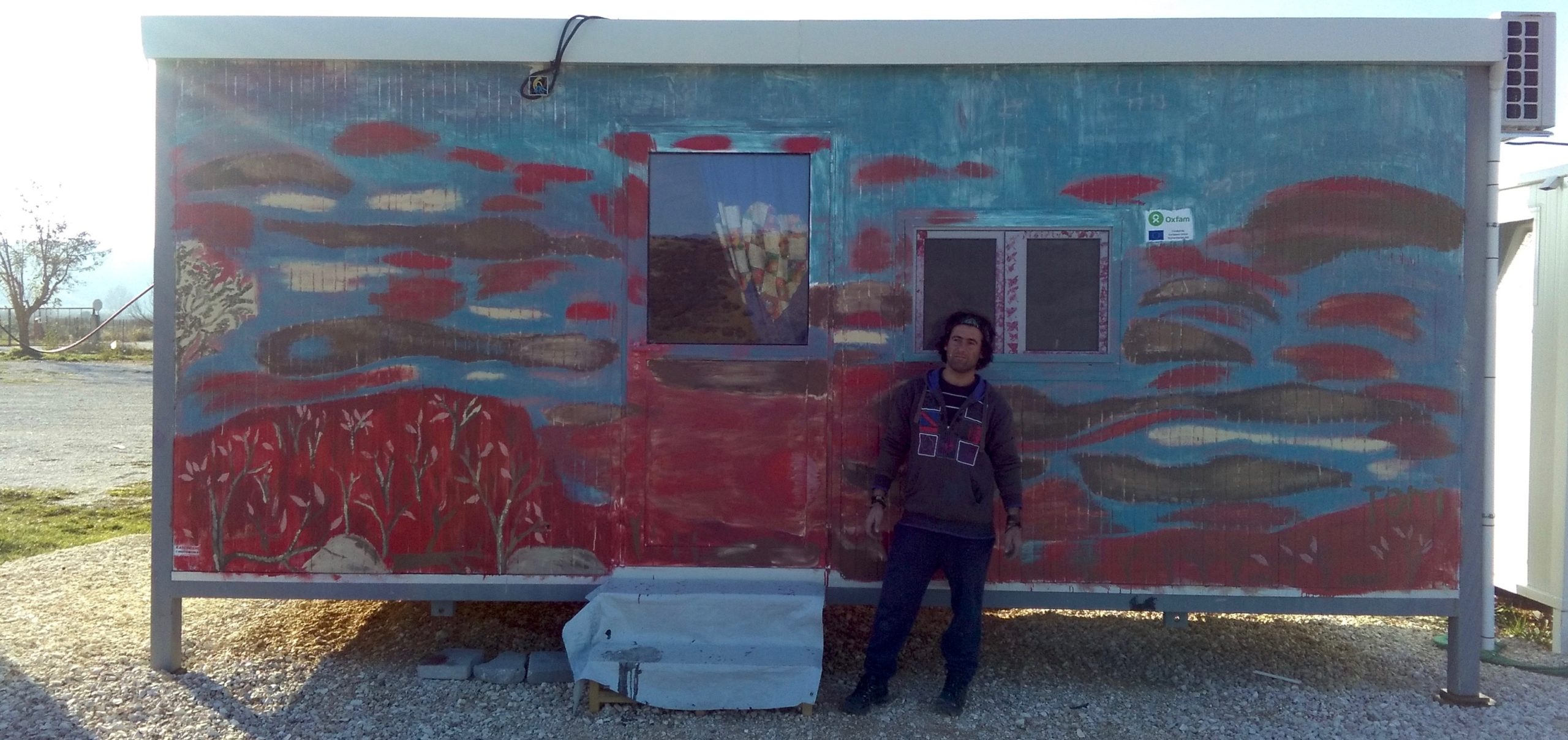
Communities of Practice

‘Communities of practice (CoP’s)’
Communities of practice are formed by people who engage in a process of collective learning and it is this age-old process (but relatively new term) that characterises my approach to creative learning and engagement.
Mixing different people who have diverse experiences of similar interests is a characteristic process of how I co-create spaces and experiences.
The Communities of Practice that we develop enable and encourage intergenerational learning, peer sharing and utilise inclusivity as a creative asset.
‘Teaching to Transgress’
In her book, ‘Teaching to Transgress: Education as the Practice of Freedom, (1994), Bell Hooks advocates for teaching students to transgress against racial, sexual and class boundaries in order to achieve the gift of freedom.
‘Engaged Pedagogy’
Hooks advocates for ‘engaged pedagogy’ that is holistic, progressive and inclusive since “to educate as the practice of freedom is a way of teaching that anyone can learn”. These ideas have been instrumentally formative for me.
